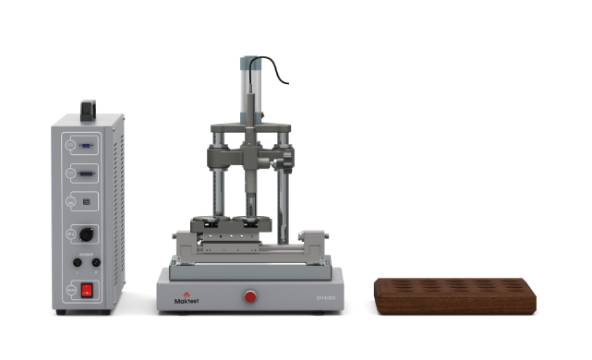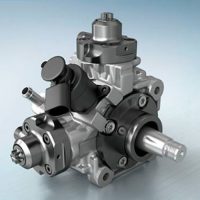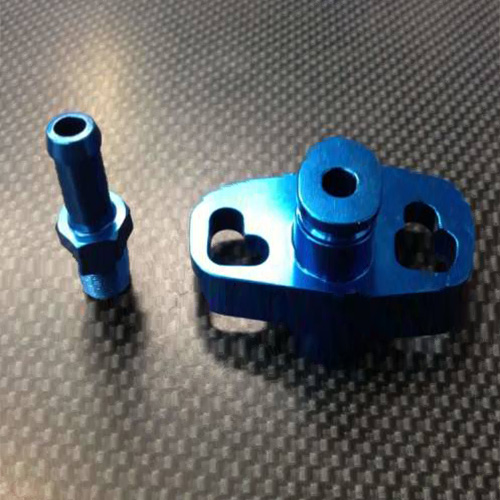More and more motorists and drivers started to prefer to use diesel cars during the past few years. Earlier, developed engines were only installed on commercial vehicles. However, now it is actively used on passengers’ cars as well.
Each one of us is familiar with the system of common rail, but how many of us know how it works? What is the way it progresses, and how is it arranged? What is the role of Common Rail Pumps in the system? Here with Maktest you find the answer.
Why are Common Rail Pumps Important in The System?
The main distinguishing feature of the system is the ability to provide power with the minimum consumption of fuel. Moreover, common rail fuel can reduce the number of emissions.
Reviews of drivers show that the vehicles with the common rail pumping run with less noise. Moreover, it has a wide range of fuel pressure control and Common Rail Pumps Timing.
Common Rail Pump Pressure
Based on its unique design, the common rail is a system with a high-pressure circuit. When the engine is running, fuel is pumped directly.
Many elements relate to the operation of the system; one of them is the common rail pump pressure, which shows that the dispensing valve and pressure regulator are also used in work.
The Purpose of Common Rail Pumps
The common rail pumps serve to create a high-pressure liquid. The levels depend on the engine load and crankshaft speed. On diesel engines, revolutions are regulated not by opening the throttle, but by the part of the fuel supply, which is regulated by the common rail pump.
The common rail pump is very complex and sensitive, which makes it the most expensive component of a diesel car, excluding the main units.
How to Control The System With Common Rail Pumps?
This system is controlled by a valve that adjusts the amount of fuel supplied to the pump. structurally, the element is combined with the common rail pump and the fuel pressure regulator. It is installed in the fuel rails and controls the operation of the engine depending on its load thanks to:
Drag System
Here happens the accumulation of fuel under high pressure, mitigating pressure fluctuations and distributing fuel to the common rail pumps.
The Pumping
The injectors also control the amount of fuel that is fed directly to the cylinder. The element is connected directly to the ramp.
Supply
In the final stage, fuel is supplied by operating the solenoid valve.
Types of Present Common Rail Pumps:
At present, there are two major types of common rail pumps used in the market, which are:
- Piezo common rail pumps
- Electrohydraulic common rail pumps
The Negative Side of Common Rail Pumps
The speed of these items is too high, and they are very common. However, the common rail pump repair is impossible to produce by itself, due to the complexity of the design and settings. Therefore, all work related to system maintenance is carried out only in specialized service stations, which is the main negative side of common rail pumps.
The Operation of Common Rail Pumps in The System
The operation of the common rail pumps is controlled by the diesel engine management system. The latter include actuators, sensors, and electronic control units. Many important parameters are taken into account, such as:
- The position of the throttle
- The temperature of the coolant
- The amount of air supplied
- The composition of the exhaust gases
As for the engines, these are the above injectors, ramp, pumps, regulator, and valves.
So, How Does it Operate?
Based on the signals received by the monitoring sensors, the system generates the right amount of fuel. It is fed through the metering valve. The fuel will fall into the pump, and then the pressure will go to the ramp.
The necessary pressure is held in by a special regulatory body. At a certain moment, the signal comes from the computer to the injector, and the channels open for a certain period of time.
Depending on the engine’s operating mode, the fuel quantity and pressure can be changed automatically by the system based on data from the oxygen sensor. However, the range should be small.
Types of Common Rail Pump Procedures
There are three main types of common rail pumps procedures, which are:
Initial Injection
The main aim of this type is to increase pressure and temperature in the combustion chamber. Thus, accelerated ignition of the main charge and reduction of engine noise is achieved.
The initial injection can be different, depending on the operating mode of the engine. Therefore, at idle, it is produced twice.
Main Injection
The main injection is intended to provide work directly from the engine. This type of injection is not divided into subtypes.
Elective Injection (Additional Injection)
Elective injection, or an additional one, reduces the level of toxicity of exhaust gases. So, the information from the oxygen sensor is sent to the computer, after which another portion of the fuel is fed. Harmful substances are burned in the catalytic converter.
Common Rail Pump Product by Maktest
One of the best common rail pumps products by Maktest is SM4000, which you can read all the details about in this picture:

SM4000 Modification Shim Grouping Center’s purpose is to measure shim thickness and group them into containers for direct use in injector assembly.
A sliding measuring seat makes it possible to measure precisely while working quickly.
FAQs About Common Rail Pumps
What are Common Rail Pumps?
A common rail pump is the main piece of the puzzle in the system injection process.
Where can I find the best Common Rail Pumps?
It is available in many companies, and Maktest is one of the best production companies of common rail pumps in the world.


